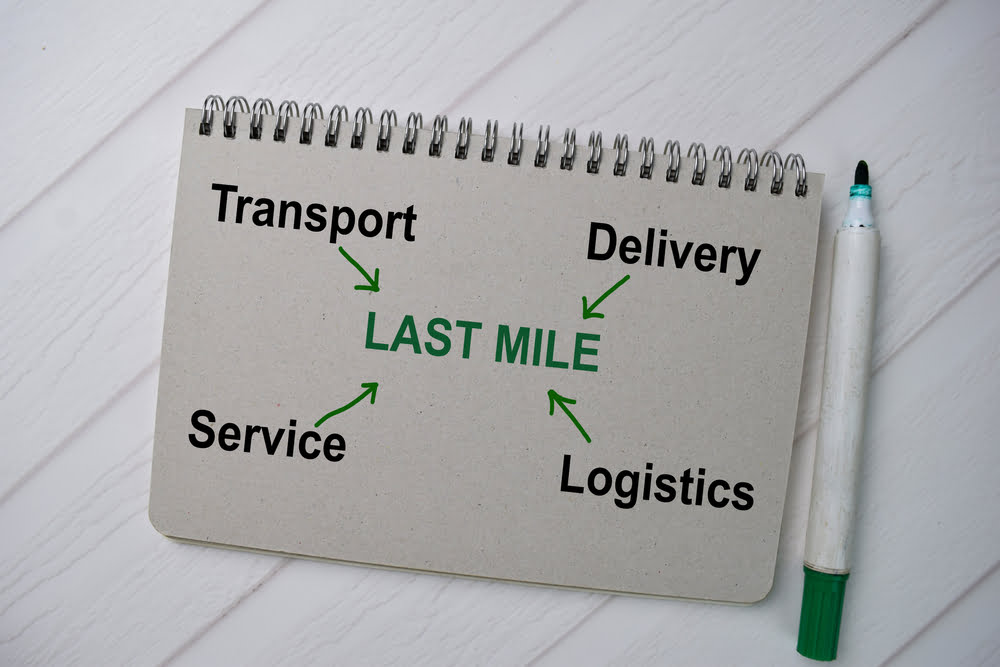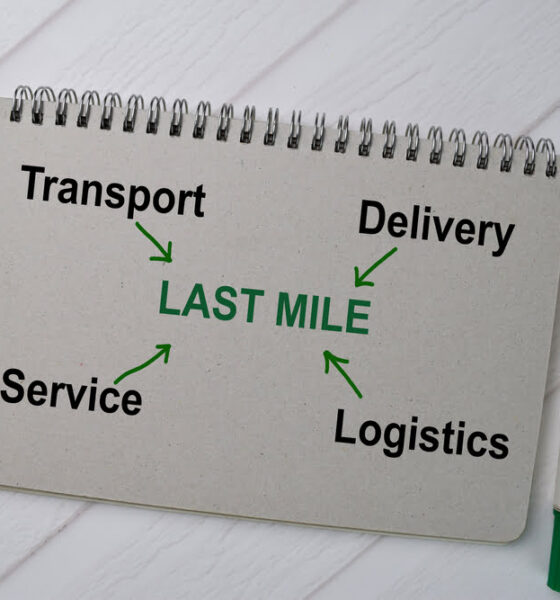

Features
Tackling The Environmental Challenges Of Last-Mile Delivery
Let’s face it: we’ve never had things so fast. In the last decade, people have gone from marvelling at the possibility of online ordering to feeling miffed that their delivery isn’t coming the very same day. It’s true that humans adapt rapidly, but it hasn’t been easy to get to this point. While there may be a fair way to go to meet our towering technological ambitions for eCommerce, another important question is what the real cost might be.
Technology advancement in logistics has been followed by concern over its environmental impact, since science disclosed the inconvenient truth about how advances in transportation have contributed to rising CO2 emissions.
As a result, the crucial ‘last-mile’ of shipping has drawn scrutiny, as it represents a great deal of the retail industry’s ecological impact. The current level of emissions from this sector stands to double by 2050, which is concerning given that it already makes up half of the industrial release of CO2. So what can the last leg of logistics do to get more eco-friendly? Read on to find out.
What is last-mile delivery?
The last-mile refers to the final step in the logistical process of shipping an item or goods from vendor to customer. A package moves from what is called a transportation hub to its end-point of individual or retail address. The hub is where a number of cargo items are sent by different people or vendors for organisation, and are then passed on for delivery by a courier.
From a business perspective, this part of the process is the most important. Companies and sellers want to meet the demand for swift shipping in the most efficient and cost-effective way possible to ensure the best customer experience. However, this is also where the lion’s share of the expense comes in, making some businesses feel green solutions present them with a dilemma.
What is the impact of last-mile delivery on the environment?
CO2
In short, the faster people want something delivered, the more traffic and congestion it creates. There is a big environmental trade-off for firms trying to meet the expectations of swift delivery. Supply-chain emissions are what contribute to the majority of a business’s total carbon footprint. This will only increase as next-day and same-day delivery becomes the norm.
According to a McKinsey report into eCommerce in Japan, a further 20% rise in CO2 emissions is a grim reality if the length and frequency of deliveries meet the current estimate: as much as 71% of journeys could be 25% longer by 2030. Right now, rather than optimise the space for packages in cargo vehicles, the demand for faster delivery has meant that some firms are leaving valuable space in trucks and vans, prioritising speed over environment.
Waste
Plastic and other toxic elements used in packaging are becoming increasingly prevalent as more people purchase online. Currently, if our ever-growing dependency on petrochemicals like plastic continues at the same rate, they will account for 20% of total oil consumption.
This is especially important for last-mile delivery, since the amount of large single-use packaging grows with the demand for faster and more frequent shipping. Not only does this all go to landfill — inevitably creating greenhouse gases as it degrades, but it also incurs disposal costs — meaning that the average consumer is in fact paying for material that will go to waste.
What can be done to make the last-mile eco-friendly?
Decreased distance
Making last-mile logistics as short as feasible may be the best method to reduce their environmental effect. In practice, some companies are making use of smaller transportation or ‘micro-fulfillment’ hubs. These are small distribution centres that are set up much closer to the consumer. In London, this has even evolved ‘dark hubs’, which are street-side docking stations to encourage the use of electric transport.
In this way, businesses perhaps don’t even have to compromise on a swifter drop-off. For instance, courier firms like CitySprint are demonstrating how zero-carbon next-day delivery is very much possible through the use of not just smaller, bespoke transport hubs but also electric bikes, vans and other cargo vehicles — the former of which alone can save as much as four tonnes of CO2 per bike each year.
Green packaging
Moving away from non-biodegradables, alternative packaging solutions are fast emerging in the marketplace. You may notice many packages now come with corrugated cardboard as a substitute for the long-favoured bubble wrap. Non-biodegradable polystyrene has finally had its day, thanks to the wide variety of packaging alternatives now widely available.
Other alternatives include using recycled materials, from cardboard to plastic, for shipping items.
There’s even mushroom-based boxes that multinational retailers IKEA have been making use of for years now. It’s not all a top-down approach either, as the rise of conscious consumerism means that more customers will determine their purchasing based on whether a firm provides sustainable shipping.
A recent study showed 81% of consumers think companies use excessive packaging, and 50% are willing to pay more for more eco-friendly delivery. Beyond reducing the climate impact during the last-mile, a greener delivery could therefore make for a more competitive business.


 Environment10 months ago
Environment10 months agoAre Polymer Banknotes: an Eco-Friendly Trend or a Groundswell?

 Environment11 months ago
Environment11 months agoEco-Friendly Home Improvements: Top 7 Upgrades for 2025

 Features9 months ago
Features9 months agoEco-Friendly Cryptocurrencies: Sustainable Investment Choices

 Features10 months ago
Features10 months agoEco-Friendly Crypto Traders Must Find the Right Exchange























